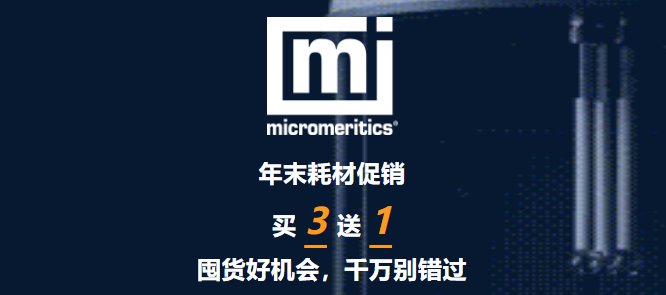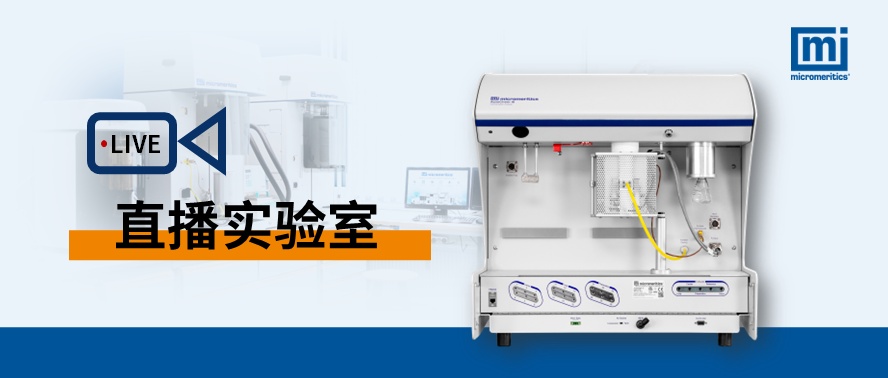
麥克默瑞提克(上海)儀器有限公司
 金牌會員
金牌會員 已認證
已認證

Five amino-functionalized mesoporous materials were directly synthesized by an evaporation-induced self-assembly method. A series of environmentally friendly surfactants as templates were used, including dimethyl dioctadecyl ammonium bromide, polyethylene glycol (PEG), alkyl polyglucoside, and cetyl dimethyl betaine, in order to reduce damage to the environment in templates elution during the synthesis process. These samples were found to have two-dimensional hexagonal mesoporous structures and worm-like pores characterized by small-angle X-ray diffraction and transmission electron microscopy. Larger mesoporous pore sizes (9.8–17.9 nm) and pore volumes (0.443–0.652 cm3 g?1) were determined by N2 adsorption–desorption. Amino-functional groups were modified onto mesoporous materials, which were proved by fourier transform infrared spectroscopy and elemental analysis. PEG-S (synthesized by PEG) had the biggest pore size (17.9 nm), the highest nitrogen content (4.237 %) and relatively large pore volume (0.507 cm3 g?1) among five samples. Adsorption of Pb(II) onto five mesoporous samples differed greatly at initial concentration ranging from 0.3 to 2.6 mmol L?1. PEG-S had largest adsorption capacity, with maximum adsorption capacity being 1.166 mmol g?1 (241.36 mg g?1) in initial 1.6 mmol L?1 Pb(II) concentration. PEG is nontoxic and readily biodegradable, and PEG-S displayed the maximum adsorption capacity in the study. Therefore, PEG-S samples were selected for processing lead ions. Then further study was made to investigate lead ions adsorption isotherm, the effect of pH value on the adsorption, as well as the reuses of adsorbents.該文章中材料表征采用的是美國麥克儀器ASAP 2460
詳情可參考下面鏈接:
最新動態
更多



